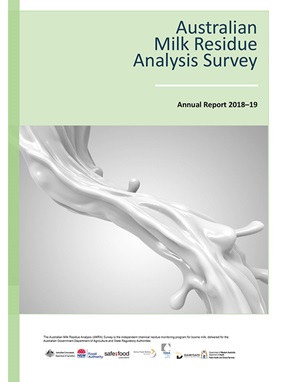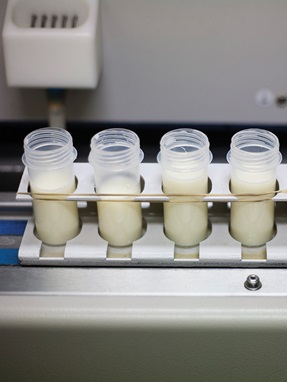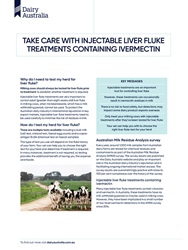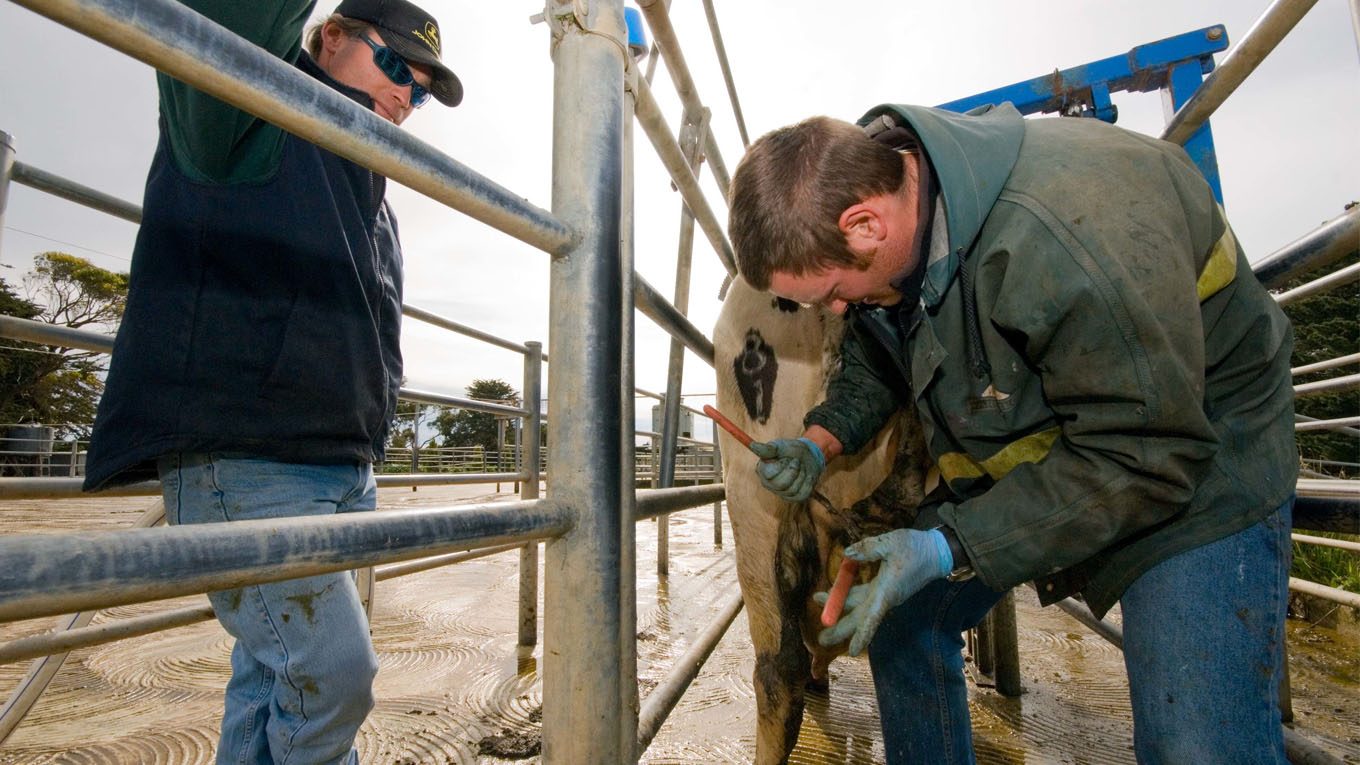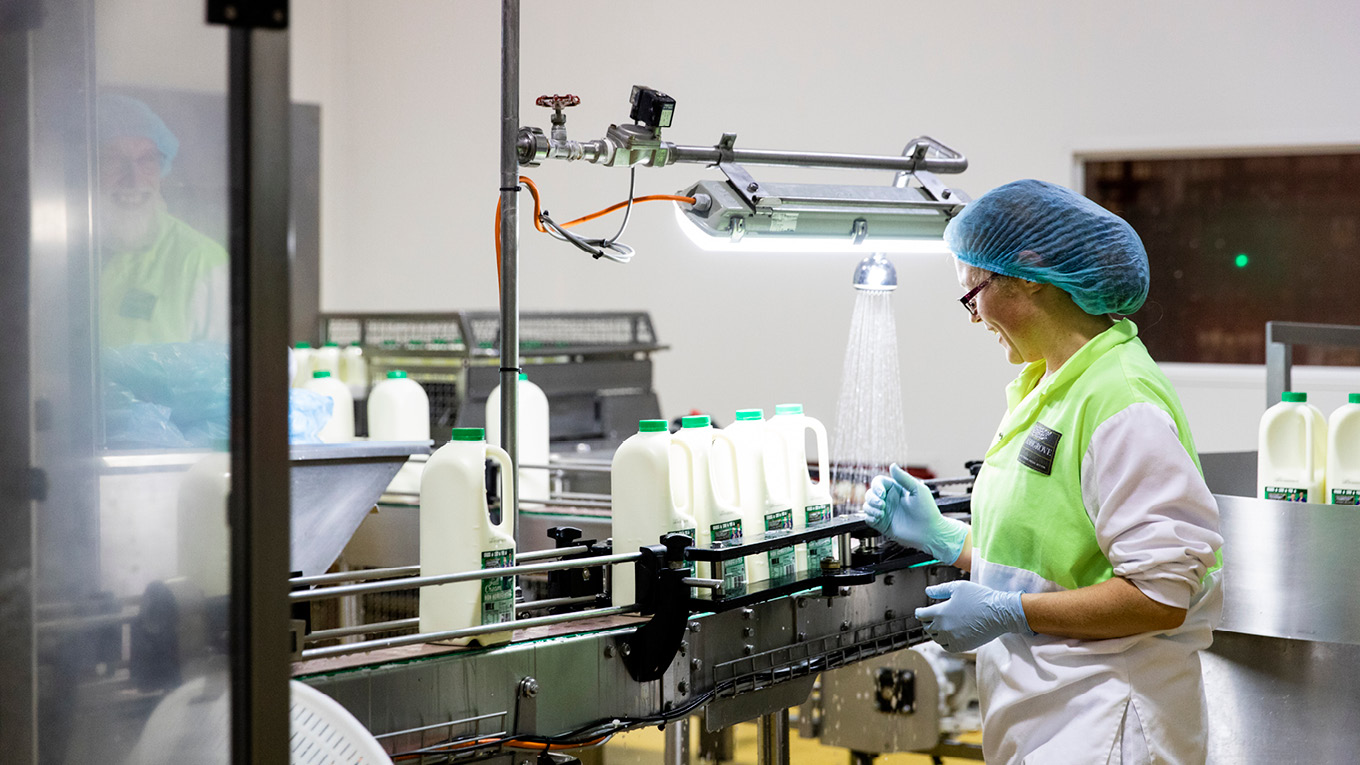Avoiding Residues
Australian dairy farmers work hard to keep their cows healthy and comfortable and to produce safe, high-quality milk.
The use of veterinary medicines and other chemicals are required on dairy farms to treat sick cows, prevent disease, maintain hygienic milk harvesting practices and control pests and weeds. However, their use on farms is tightly controlled.
Only products which are registered by the Australian Pesticides and Veterinary Medicines Authority can be used on dairy farms.
All dairy farmers supplying milk for human consumption are required to have an approved food safety program in place. These programs act to ensure no risks to food safety are posed by the use of these chemicals.
In addition, milk processors implement additional measures, such as routine antibiotic testing of raw milk and dairy products, to ensure chemicals do not enter the food chain.
Tips to avoid residues
Some practical tips for farmers to avoiding veterinary medicine residues accidentally entering the vat include:
- Ensuring treated cows are well marked and that paint or other markings is topped up regularly
- Ensuring all staff understand the marking protocols for the farm (this should be displayed in the milking area)
- Ensuring treatment records are up to date and clearly displayed for milking staff
- Separating treated cows from the main milking herd and milking them last
- Ensuring the vat hose is disconnected prior to milking the hospital herd
- Ensuring test buckets (if used) are correctly attached
- Emptying test buckets (if used) after each individual cow
- Ensuring test buckets (if used) are large enough to accommodate the highest producing cows
- Never using medicines off-label (such as increased dose rate, increased treatment frequency or a longer or repeat course) without written advice from a veterinarian
- Ensuring dry cows are not able to re-enter the milking herd following dry-off
- Fostering a culture of ownership and notification among staff if a mistake happens
- Testing milk with an appropriate antibiotic residue test if there is any suspicion of a mistake having occurred
Australian Milk Residue Analysis Survey
The Australian Milk Residue Analysis (AMRA) Survey provides a national, independent chemical residue monitoring program in Australian bovine milk. The AMRA Survey has a key role in promoting the dairy industry's reputation and facilitating ongoing market access by monitoring on-farm chemical use.
Ivermectin residues and injectable liver fluke products
Many injectable liver fluke treatments contain clorsulon and ivermectin. In Australia, these treatments have no milk withholding period so may be used in milking cows.
However, they have been implicated in a small number of low-level ivermectin detections in the AMRA survey since 2014.
For information on how to prevent ivermectin residues associated with injectable liver fluke products, see the fact sheet below.
Avoiding Residues Resources
High milk iodine levels and pre-milking teat disinfection
Maintaining low iodine levels in raw milk is important for the manufacture of infant formula. Milk iodine levels can fluctuate normally due to variation in the iodine levels in a cow's diet. However, it can be difficult to maintain acceptably low levels of milk iodine when iodine-based pre-milking teat disinfection is being used.
There is currently little evidence to support the use of pre-milking teat disinfection in pasture-based dairy herds. However, there may be some benefit in more intensive systems or during times of high environmental mastitis challenge.
If pre-milking teat disinfection is to be used, it must be with a product registered for this purpose (there is only one registered in Australia currently) and used according to the label directions. It is critical the product is wiped off prior to application of cups to avoid unacceptably high levels of iodine in the milk.
For more information on pre-milking teat preparation and the use of pre-milking teat disinfectants, it is recommended to watch Countdown's Pre-milking teat preparation webinar.
